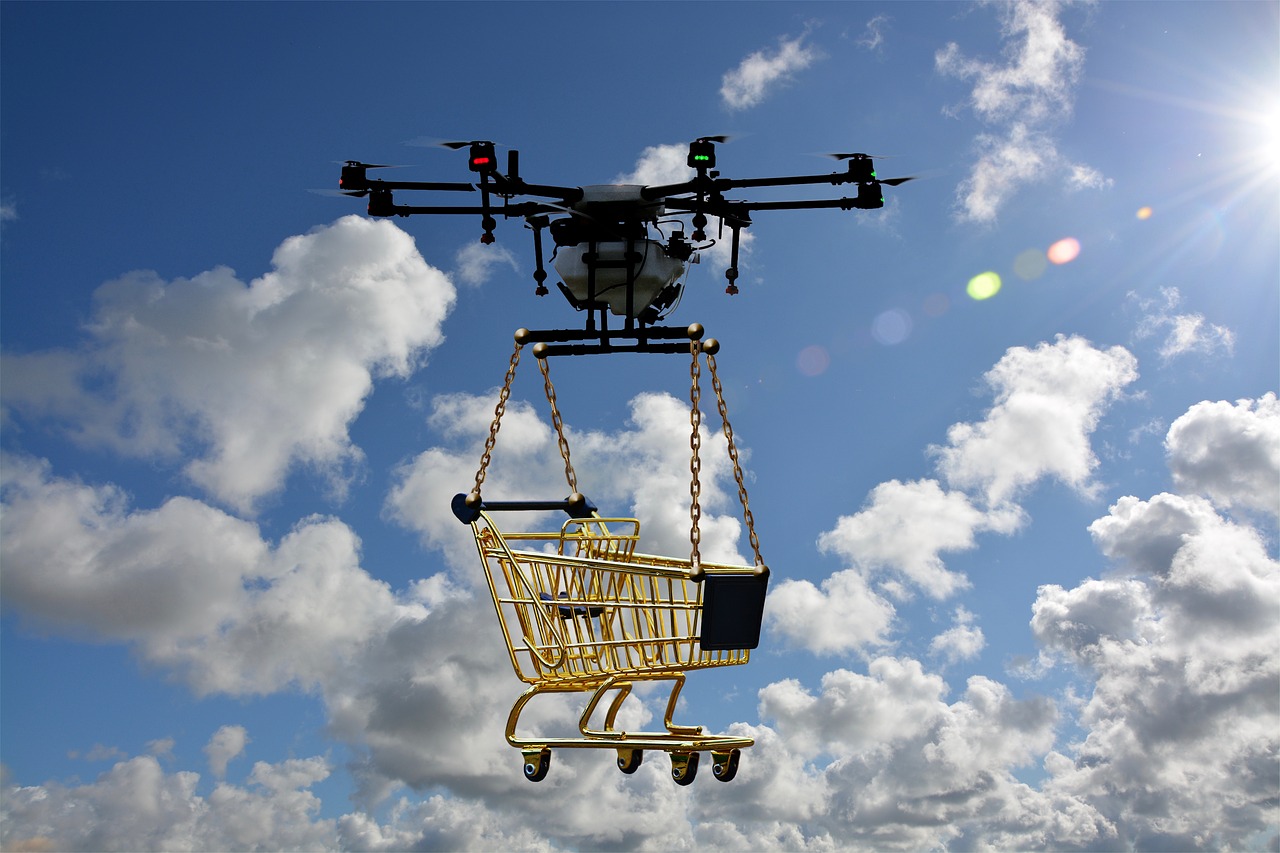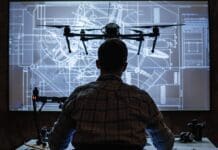This post is also available in:
 עברית (Hebrew)
עברית (Hebrew)
Delivery drone technology has been improving rapidly, and these unmanned vehicles are expected to transport packages, food or other goods routinely. However, one of the challenges that is still unsolved is the drones’ ability to only fly for about half an hour per battery-charge. Their batteries substantially limit their range, especially once you load them up with cargo.
A new study found an original solution: drones’ range could be extended if they hitched rides on top of buses, minimizing delivery times. Instead of deploying a fleet of private vans, you could rely on a vast network of vehicles that’s already on the road: public buses.
The team from Stanford University created computer models in which drones were making deliveries in North San Francisco and Washington, DC. These models incorporated the existing public bus networks, with up to 200 drones per city delivering as many as 5,000 packages.
Each aircraft started out at a depot, where a package was loaded onto it. If its destination was within battery range of the depot, the drone could fly directly to and from that location. If it was farther, though, the drone flew to a bus stop where it landed on top of a bus that covered much of the distance. Once the bus reached a stop within range of the destination, the drone flew off to it.
The model determined which drones should make which deliveries, and in what order. In all cases, the system was aimed at minimizing the amount of time that each delivery took.
As a result, the longest delivery time in North San Francisco was under an hour, while it was less than two hours in Washington. Additionally, in both cities, the drones were able to quadruple their effective flight range, according to newatlas.com.
By using ground transit judiciously, drones have the potential to provide safe, clean and cost-effective transport.
Companies like Mercedes-Benz Vans, in partnership with Matternet, have explored the idea of using vehicles to expand the range of delivery drones. UPS and Workhorse also proposed similar solutions, with delivery drones would hitch rides on top of delivery vans.
In an interview to spectrum.ieee.com, the team said that their algorithm could be altered for other missions, such as maximizing energy efficiency, or minimizing flight times over residential areas.

























